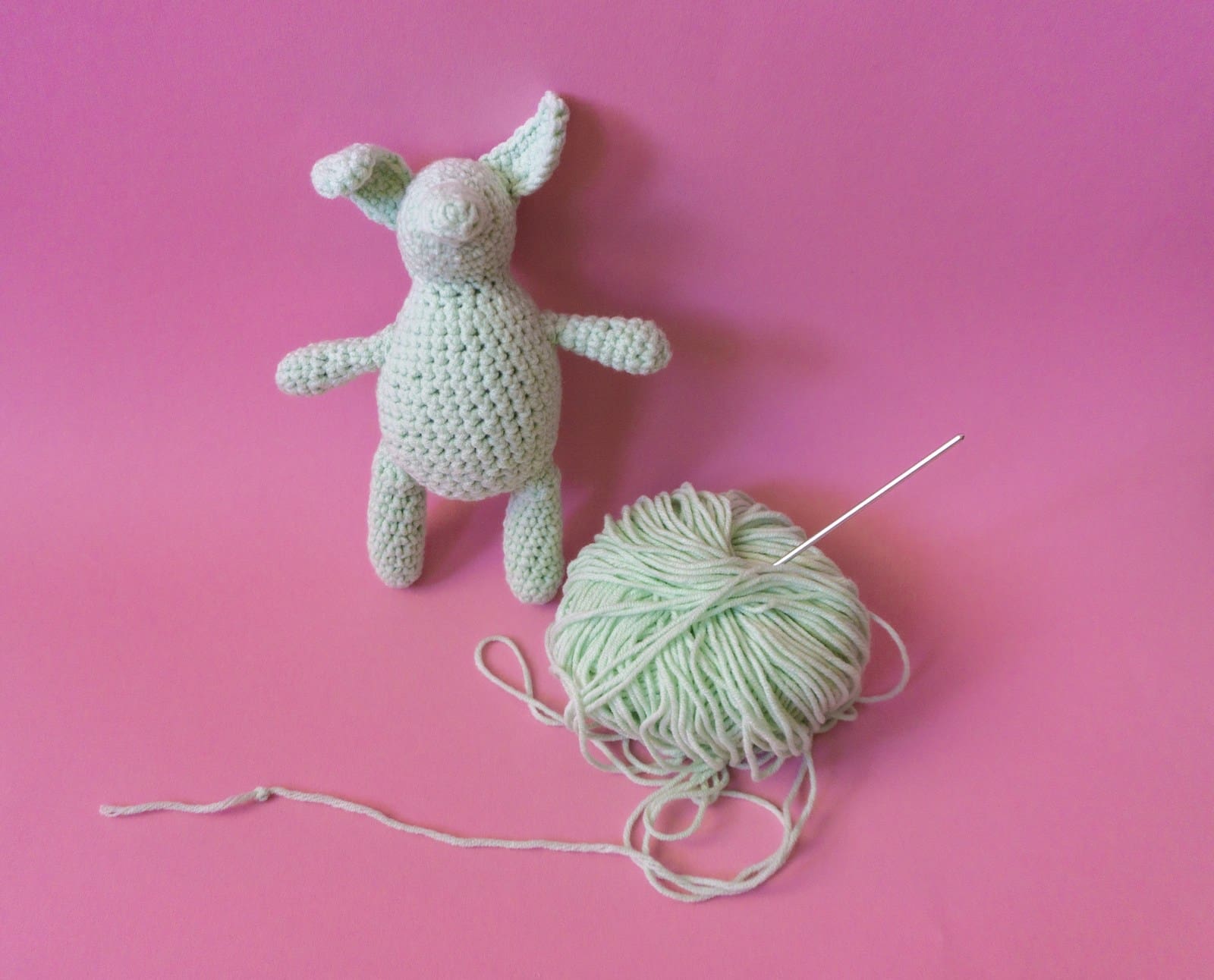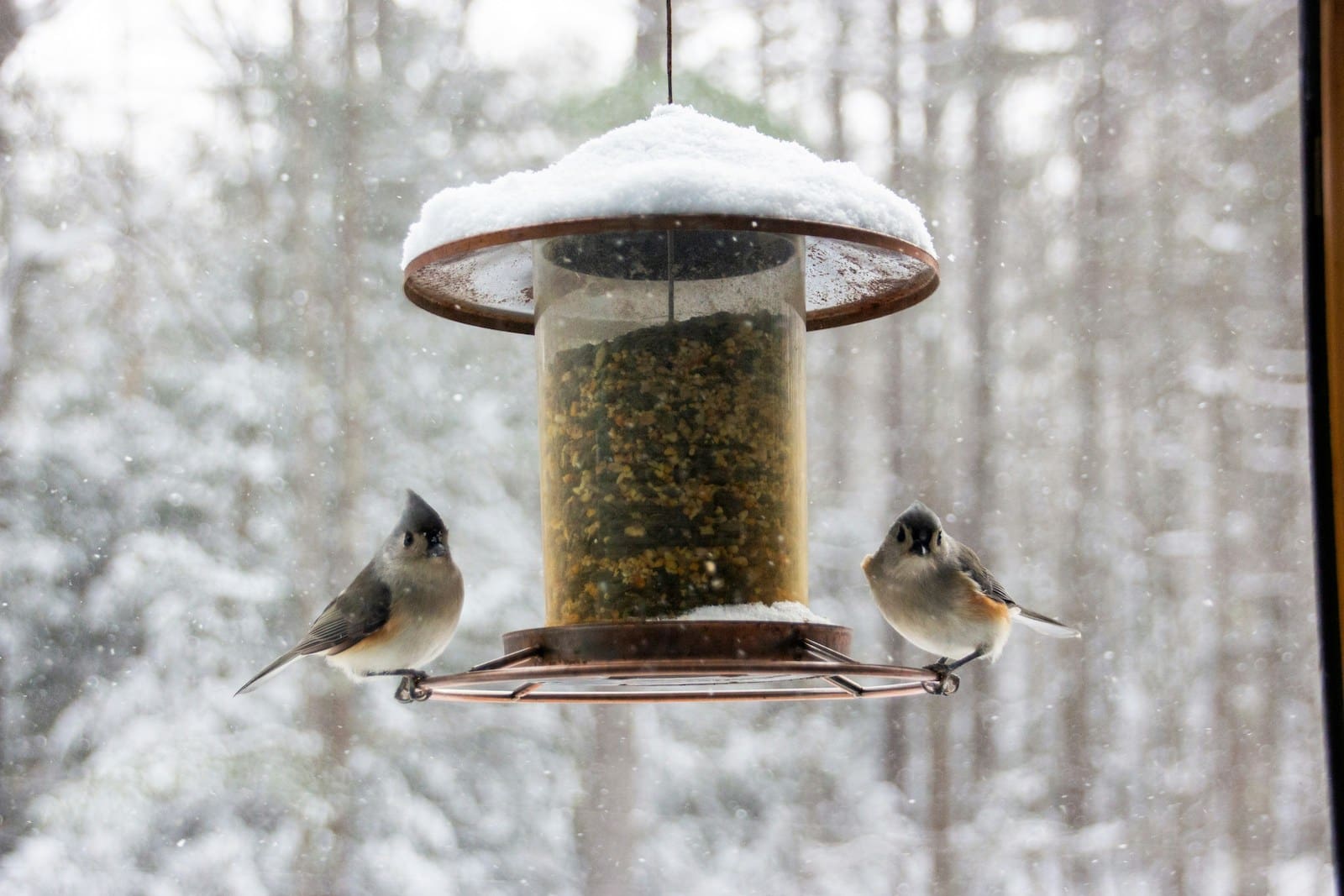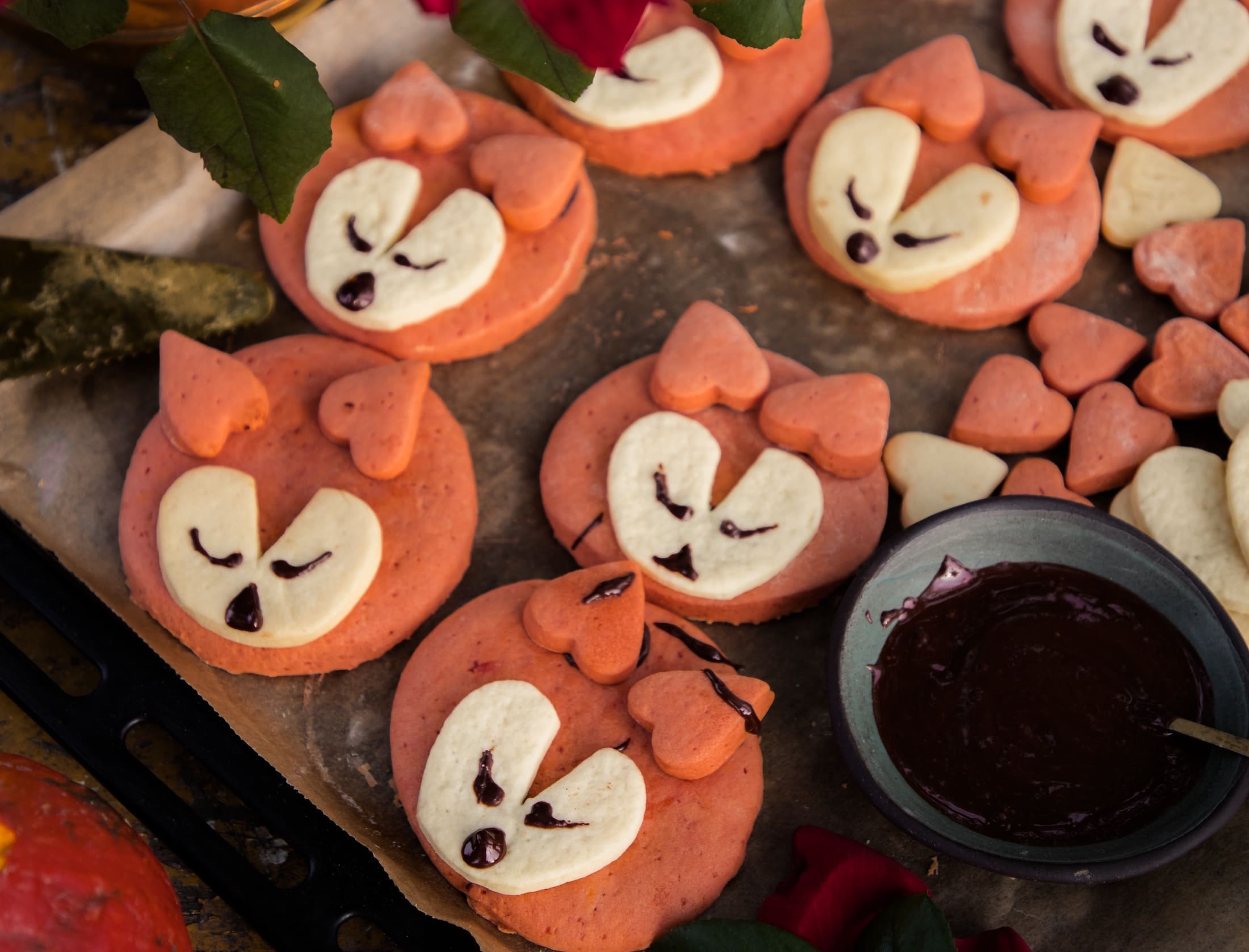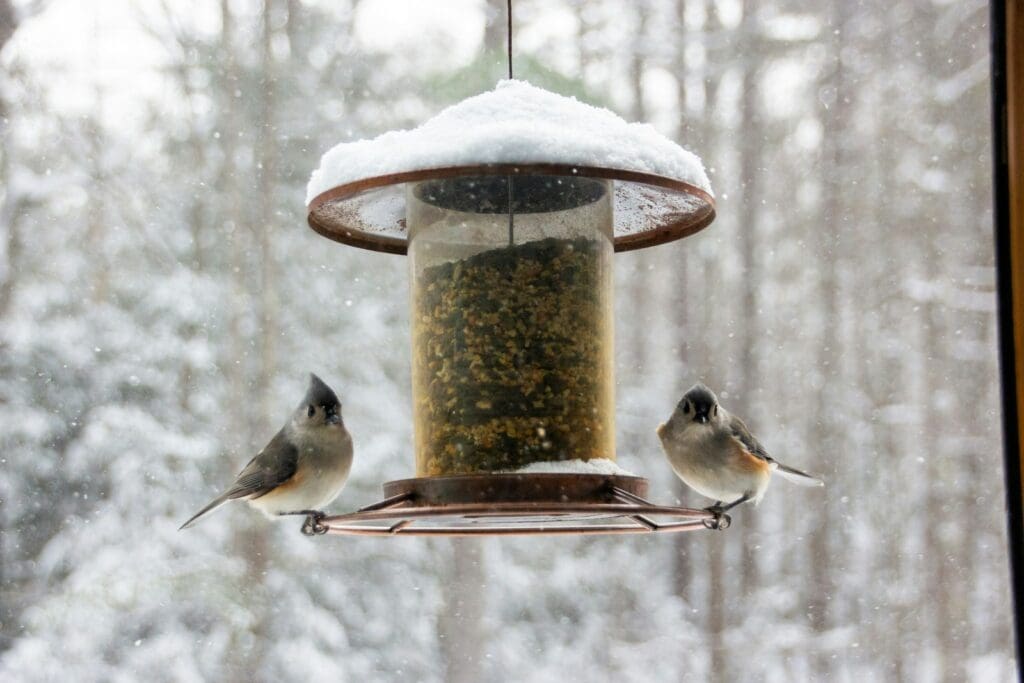
Attract Local Birds and Learn Zoo Species Connection
Winter is a season that transforms the landscape into a serene, frosty haven for wildlife. Amidst the quiet chill, families have a delightful opportunity to engage in crafting activities that not only foster creativity but also provide essential assistance to local bird populations. By constructing winter bird feeders, individuals of all ages can contribute to the wellbeing of feathered visitors, many of which are common sights at local zoos yet struggle to find sufficient food sources during the colder months. This activity serves as a practical bridge between the hands-on experience of attracting birds to backyards and the educational observation of similar species in controlled environments like zoos.
Bird watching becomes a more compelling winter pastime when people understand the needs and behaviors of local avian species. Crafted with care, DIY bird feeders can be designed to attract a variety of birds, offering a closer look at the colorful diversity that might otherwise go unnoticed when trees stand bare. Simple materials such as repurposed wood, pine cones, and natural seeds can be transformed into effective feeding stations. Not only do these projects provide an outlet for artistic expression, but they also instill a sense of stewardship and connection to the natural world, illustrating the direct impact that thoughtful human intervention can have on local ecosystems.
Bird feeder crafting in winter is an enriching endeavor that has dual benefits: feeding the birds during a challenging time of the year, and offering families an entertaining way to observe bird behaviors first-hand. With the right guidance and materials, anyone can construct a simple feeder, opening up a window to the lives of the birds that may be more familiar to zoo visitors, such as the vibrant cardinal or the industrious woodpecker. Engaging with the rhythm of nature in this way enriches our understanding of the delicate balance within local habitats and the role such creatures play in the vibrancy of winter’s quiet landscape.
Understanding Bird Feeding in Winter
Winter presents challenges for birds in terms of scarce food and lower temperatures, making it a critical time for providing supplemental food through feeders.
Importance of Feeding Birds During Winter
During the cold winter months, birds face the daunting challenge of finding enough food to maintain their body heat and energy levels. As insects and wild fruits become less available, many bird species depend on bird feeders to survive. Feeding birds in winter is vital; it supports local wildlife when natural food sources are limited and can help them conserve the energy necessary to stay warm.
Bird feeders can provide a variety of foods high in calories, such as black oil sunflower seeds, suet, and nyjer seeds, which are particularly beneficial. These foods help many types of birds, including finches, woodpeckers, and juncos, sustain their required caloric intake during the frigid temperatures.
Bird Species to Expect in Winter
Several bird species that frequent winter feeders are those that often remain in the same region year-round or migrate shorter distances. Here is a list of common birds one might expect to see at their winter feeders:
- Woodpeckers: Known for their pecking habit, they seek out high-calorie foods like suet.
- Chickadees and Titmice: Small yet energetic, these birds enjoy a variety of seed types.
- Nuthatches: They typically walk down tree trunks headfirst and favor sunflower seeds.
- Finches (including Goldfinches and House Finches): These vibrant birds are attracted to thistle and sunflower seeds.
- Cardinals: With their striking red plumage, cardinals prefer sunflower and safflower seeds.
- Jays: Recognizable by their loud calls, they enjoy peanuts and sunflower seeds.
- Juncos and Towhees: Often found foraging on the ground, they enjoy mixed seeds.
- Doves: Gentle and ground-feeding, doves often eat millet and cracked corn.
In addition to these, birdwatchers might spot siskins, grackles, red-winged blackbirds, wrens, creepers, warblers, redpolls, pine siskins, and more. These birds are also visitors that could be observed at local zoos, providing a connection between backyard birding and educational zoo visits.
Planning Your Bird Feeder Project
Before embarking on creating a bird feeder, careful consideration of the location, feeder type, and materials is crucial for success. The aim is to ensure the safety and comfort of the birds while making the feeder accessible for observation and refills.
Selecting the Right Location
Choosing an optimal location for a bird feeder is paramount. It must be visible to both the birds and the family for mutual enjoyment. Ideally, place feeders near trees or shrubs to offer birds quick shelter. However, they should be positioned at least six feet away from potential predator hiding spots. Also, if you are looking to attract ground-feeding birds, selecting a protected spot close to the ground is necessary for a ground feeder.
Choosing Feeder Types
The type of feeder is a key decision that will affect what kind of birds you’ll attract. For instance, a tray or platform feeder is excellent for attracting a wide variety of birds but requires frequent cleaning. Tube feeders work well for small birds like finches, while hopper feeders are good for larger birds. If your goal is to attract birds that enjoy suet, a suet feeder is a must. Meanwhile, thistle feeders are specifically designed for birds that prefer thistle seeds, like American Goldfinches.
Materials and Tools Needed
For a DIY bird feeder project, gather all materials such as wood, wire, string, ribbon, glue, paint, and twine in advance to streamline the process. The materials chosen should be durable and safe for nature. Ensure you have tools like a saw, hammer, or drill, depending on your feeder design. Remember to factor in costs for the materials and assess which tools you might already have to minimize expenses.
DIY Bird Feeder Guides
Creating DIY bird feeders is an excellent way for families to engage with nature while providing sustenance to local birds. These projects not only allow for creative expression but also promote environmental responsibility by repurposing everyday materials.
Simple Pinecone Feeder
The Simple Pinecone Feeder is a classic DIY project perfect for novice crafters and young children. By spreading peanut butter on a pinecone and then rolling it in birdseed, one can quickly create a nutritious and attractive feeding option for birds. Hang the finished feeder with a piece of string or ribbon from a tree and observe as birds enjoy the treat.
Recycled Bottle Feeder
Next up, the Recycled Bottle Feeder appeals to those interested in sustainability. Utilizing a clean wine bottle, one can craft a feeder that is not only functional but also has a unique design. Secure the bottle inverted in a wooden frame with twine, add birdseed, and watch gravity keep the birdseed dispensed as needed. This design works well on decks or open porches where bird activity can be easily observed.
Eco-Friendly Milk Carton Feeder
The Eco-friendly Milk Carton Feeder allows a family to repurpose a milk carton into a bird-friendly haven. After cleaning, cut openings on the sides and decorate the carton with non-toxic paint and additional decor if desired. Fill with a mix of seeds and nuts and hang it from a branch. This feeder introduces children to both crafts and care for birds.
Wooden Tray Feeder with Mesh Bottom
For a more durable option, the Wooden Tray Feeder with Mesh Bottom is ideal. Build a wooden frame with a screen-bottomed tray and affix metal ports to allow drainage and keep the seed fresh. Fill the tray with a variety of seeds and nuts to attract a diverse range of birds, and position the feeder where families can watch the birds during feeding.
Suet Feeder for Winter Climates
Lastly, crafting a Suet Feeder for Winter Climates offers high-energy food to birds when insects and berries are scarce. Take a simple container like a mesh bag or a specially designed suet cage and fill it with a homemade mixture of suet or lard, seeds, and nuts. This feeder provides crucial calories to birds during the cold months and is a magnet for observing a variety of species.
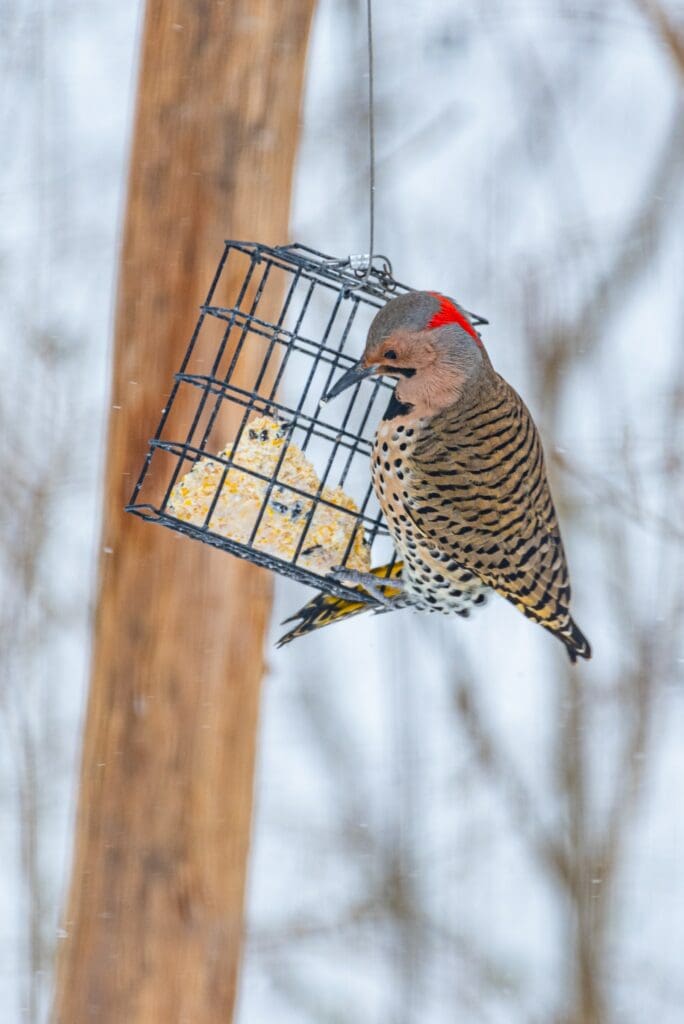
Feeder Ingredients and Bird Diets
Selecting the right feeder ingredients is crucial for attracting a variety of birds and providing them with the necessary nutrition during the winter months. Specific seeds, nuts, fruits, and fat-rich options are preferred by different species, mimicking the diversity of foods they might encounter in the wild or even at a zoo setting.
Preferred Seeds and Nuts for Winter Birds
Birdseed and nuts are staple items in bird feeders. To target a broad range of species, offering a mixed seed selection is essential. Black sunflower seeds are highly favored due to their high oil content, while peanuts offer protein and fat, crucial for birds’ survival in colder temperatures. Additionally, cracked corn can attract ground-feeding birds and provide them with much-needed energy.
- Seeds: Black sunflower seeds, mixed seed, cracked corn
- Nuts: Peanuts (shelled or unshelled)
Using Fruits and Berries
While not all birds will eat them, fruit and berries can attract species that may not typically visit seed feeders. Consider halving apples or providing berries to entice these birds. The natural sugars in these foods are a valuable energy source, especially for birds that have similar items in their diet at the zoo.
- Fruits: Apples (halved or sliced)
- Berries: Offer fresh or dried options
Suet Blocks and Other Fat-Rich Options
Suet and other high-fat foods like lard or peanut butter are excellent for winter feeding. These ingredients offer dense energy and are particularly attractive to insect-eating birds. Using a dedicated suet feeder can prevent faster spoilage and makes it easier for birds to access the food.
- Fat-rich Options: Suet, lard, peanut butter (no salt or sugar added)
- Feeder Type: Suet feeder (protects the suet from the elements and allows birds to feed easily)
Maintaining and Protecting Bird Feeders
Maintaining bird feeders is crucial for attracting local birds and ensuring their safety. Proper feeder maintenance prevents the spread of disease, deters pests like squirrels and predatory animals, and provides a reliable source of food for birds, especially during the challenging winter months.
Regular Cleaning and Refills
It’s important to regularly clean and refill bird feeders to keep them safe and inviting for feathered visitors. A clean feeder reduces the risk of spreading diseases among birds. Use a solution of one part bleach to nine parts water for cleaning and ensure the feeder is completely dry before refilling. Refill with suitable food like black sunflower seeds, which are a popular, high-energy food source for birds.
Preventing Squirrel and Predatory Access
To safeguard feeders from squirrels and predators, employ strategic placements and barriers like baffles. Mounting feeders on a smooth pole with a baffle above or using a feeder with metal ports can discourage squirrels. To prevent predatory animals from reaching the feeders, place them high off the ground and away from surfaces where predators can jump from. Using rope or cord that is difficult for squirrels to climb can also be beneficial.
Bird Safety and Health Considerations
Bird safety at feeders is paramount. Feeders should be placed at a safe distance from windows to reduce collision risks but close enough to offer shelter if needed. Covers can provide refuge for birds from snow and rain, keeping the seeds dry. Providing a variety of seed options caters to the dietary needs of different bird species, and avoids crowding, which is essential for bird health.
By following these maintenance and safety measures, families can create a haven for birds to visit and enjoy all winter long.
Engaging Activities and Learning Opportunities
Creating winter bird feeders not only beautifies your yard with handmade decorations but also offers a chance to closely observe local bird species. This can be a learning opportunity, connecting firsthand observations at home with educational experiences at a zoo.
Observational Activities at Home
Materials Needed:
- Suet or seed mixes
- Mesh bags or pinecones
- String or wire for hanging
- Binoculars for viewing
Constructing feeders from simple materials such as pinecones can engage children in hands-on learning about nature. For instance, The Family Handyman provides several DIY feeder designs that can be used. Placing these feeders strategically around the yard allows families to observe various bird species as they visit. Recording these observations can become a scientific activity, where one compares the visitors to feeder types and the food offered.
Observational Guide:
- Identify bird species using guides from organizations like Audubon Magazine.
- Note the bird’s behavior and feeding patterns.
- Document the frequency of visits and diversity of species.
Integrating Zoo Visits with Learning
Comparison Table:
| Yard Birds | Zoo Exhibits |
|---|---|
| Local species | Exotic species |
| Natural behavior | Enclosed habitats |
| Seasonal visitors | Year-round residents |
When visiting a zoo, families can enhance their learning by comparing the birds they observe at home with those they see in exhibits. They can engage with zoo educators to discuss how certain species in the zoo also thrive in local yards and nature areas. This can broaden their understanding of bird behaviors and conservation efforts, providing context to what they’ve observed at their feeders.
Conclusion
Crafting a bird feeder as a family activity provides a creative platform to attract local birds and enjoy nature’s bounty, even during the winter months. These handmade feeders not only serve as a vital source of sustenance for our feathered friends but also offer the opportunity to observe an array of birds similar to those that might be seen at your local zoo.
Families take great satisfaction in knowing that their efforts support wildlife and foster an educational environment for children to learn about native species and their habits. Carefully constructed bird feeders can:
- Attract a diverse group of birds, turning backyards into vibrant, live exhibits.
- Ensure birds have access to the necessary resources to survive the colder season.
- Provide countless hours of entertainment and observation, making wildlife watching an accessible and enjoyable winter pastime.
Remember, the types of feeders and food offered may attract different species. For example:
- Suet feeders are especially helpful for insect-eating birds.
- Tube feeders filled with black oil sunflower seeds will likely bring in a mix of finches, chickadees, and nuthatches.
In summary, engaging in the process of creating and filling bird feeders rewards families with more than just a winter craft; it bridges the connection between humans and nature, instilling a sense of stewardship and wonder amidst the colder months.



